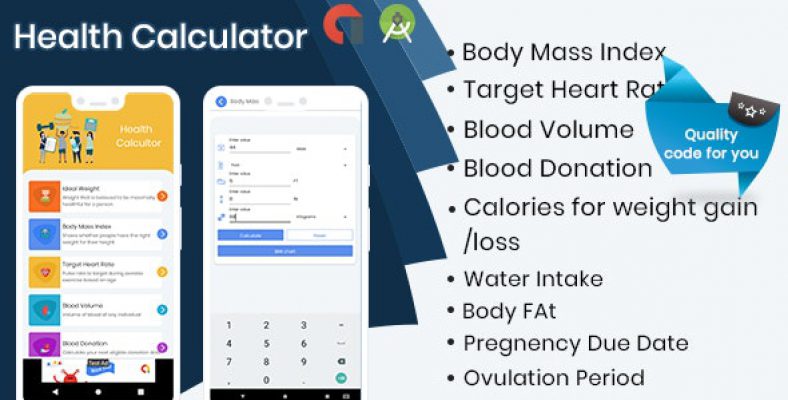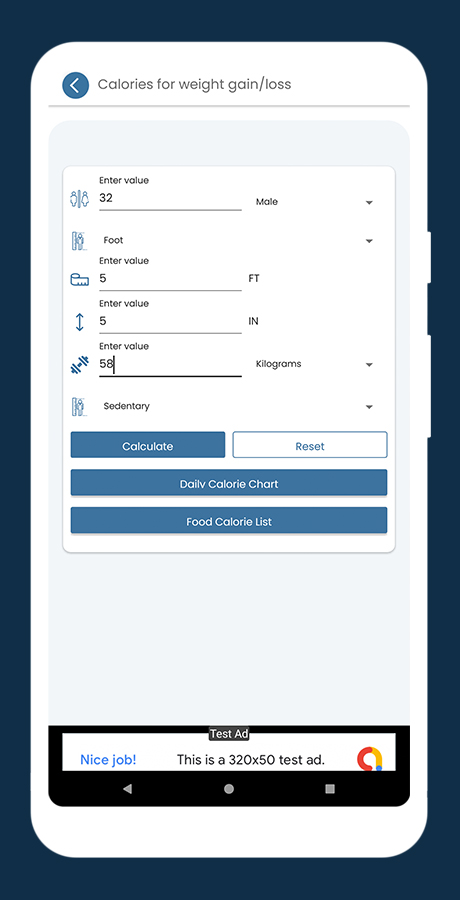

Generally, pandemic patterns occur in non-linear shapes. Showing different patterns is typically happening at a different scale level concerning time. Seasonal changes and an adaptation of the virus over time are critical reasons for outbreaks showing different patterns in a country or region. It is known that each communicable disease epidemic shows specific patterns. In addition, the short period of real-time forecasts created from such models could support preparing to allocate the necessary resources, which are crucial to bringing the epidemic under control. These epidemic models are beneficial when the collected data are limited for bringing any ideal information 2, 3. However, essential to predict how much the virus is spreading rather than measuring global financial loss.Ī former study has shown that biological growth models, especially the sub-epidemic growth model, can reveal the empirical shapes of past epidemics that support producing short-term forecasts of an epidemic model in real-time.

Researchers have already begun investigating how the pandemic affects global macroeconomic trends 1. The main reason for spreading this virus is that it was not detected early. Multiple phases of the pattern of the COVID-19 disease continue to be the source of infections in numerous countries, frightening to turn out to be a long-term epidemic.

The widespread coronavirus disease (COVID-19) began in China (Hubei Province) in December 2019. Finally, the result depicted that the prediction ability of ULFR was superior to Holt’s when it is compared to the actual data. Moreover, as a substitute for the traditional R-squared, the study applied NSE and R-squared (ULFR) for model selection. The study also validated that ULFR was an efficient forecasting model for the efficient model identifying. Only 1-day forecasting illustrated the most efficient prediction days (1 day, 3 days, 7 days), which was validated by the Nash–Sutcliffe efficiency (NSE) model. Additionally, the different combinations of SP showed diverse, accurate prediction results depending on data volume. The text-only result corresponds to the consequences of the models discussed here, where the smoothing parameters (SP) were roughly estimated as a function of forecasting the number of affected people due to COVID-19. As there was no missing data, Holt’s method and Wright’s modified Holt’s method showed the same result. Nevertheless, using the day-to-day reported cumulative case data and 3-days and 7-days in advance forecasts of cumulative data. Moreover, different smoothing parameters had been tested to find the best combination of the smoothing parameter. Three models had been utilized to identify an efficient model for short-time prediction. The cumulative number of COVID-19 affected people in some ASEAN countries had been collected from the Worldometers database. In this study, the prediction model was determined based on data patterns (trend data without seasonality) and the accuracy of prediction measurement. The challenge of accurately short-term forecasting demand is due to model selection and the nature of data trends.


 0 kommentar(er)
0 kommentar(er)
